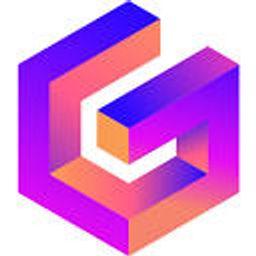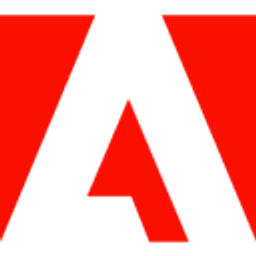
RenderNet.ai
Overview
RenderNet.ai positions itself as a next-generation cloud rendering service leveraging AI to optimize and speed up the rendering pipeline for 3D artists, animators, and studios. The platform allows users to upload their 3D scenes and render them on powerful cloud infrastructure, supporting both CPU and GPU rendering tasks.
Its primary value proposition lies in its claimed speed improvements (reportedly 10-100x faster than traditional methods for certain scenes) and associated cost savings, attributed to its proprietary AI optimizations. RenderNet.ai aims to simplify the cloud rendering workflow through a user-friendly web interface and direct integration plugins for popular 3D software like Blender, Cinema 4D, 3ds Max, and Maya.
By offloading computationally intensive rendering tasks to the cloud and potentially optimizing render times with AI, RenderNet.ai seeks to enhance productivity for creative professionals, allowing faster iterations, quicker project turnarounds, and the ability to handle complex scenes without large upfront investments in local hardware.
Key Features
- AI-Powered Rendering Optimization (claiming significant speedup)
- Cloud-based CPU & GPU Rendering
- Support for Major 3D Software (Blender, C4D, 3ds Max, Maya via plugins)
- Web-based Platform for Job Management & Monitoring
- Scene Analysis & Cost Estimation Tools
- File Management System
- Team Collaboration Features (Studio/Enterprise)
- Usage-Based Pricing with Subscription and Pay-As-You-Go options
- Free Trial Credits for testing
Supported Platforms
- Web Browser (for platform access)
- Windows App (via 3D software plugins)
- macOS App (via 3D software plugins)
- Linux App (via 3D software plugins)
Integrations
- Blender (Plugin)
- Cinema 4D (Plugin)
- Autodesk 3ds Max (Plugin)
- Autodesk Maya (Plugin)
Use Cases
- Accelerating final frame rendering for animations and VFX.
- Rendering high-resolution stills for architectural visualization.
- Offloading complex product design renderings.
- Enabling faster iterations during look development.
- Providing scalable render capacity for studios during peak loads.
Target Audience
- 3D Artists
- Animators
- VFX Studios
- Architectural Visualization Firms
- Freelance Creatives
- Product Designers
How RenderNet.ai Compares to Other AI Tools
Notes: Comparison based on publicly available information as of November 2024. Actual performance and cost-efficiency can vary significantly based on the specific 3D scene and render settings.
Pricing Tiers
- Test the platform capabilities
- Access to supported features
- 125 Credits per month
- Access to CPU & GPU rendering
- Plugin integrations
- Standard support
- 750 Credits per month
- All Creator features
- Team management features
- Priority support
- Custom credit allocation
- Dedicated support
- Custom integrations
- Volume discounts
- Purchase credits as needed
- Access to all standard features
- No monthly commitment
Roadmap & Upcoming Features
Late 2023 / Early 2024
Ongoing development, regular updates noted on blog (Mid-2024)
Upcoming Features:
- Information not publicly available
User Reviews
Pros
Faster rendering speeds compared to local or other farms, responsive customer support.
Cons
Still evaluating cost-effectiveness over a longer period.
Pros
Easy integration with Cinema 4D, fast job submission.
Cons
Lack of technical detail on the AI optimization.
Get Involved
We value community participation and welcome your involvement with NextAIVault:











